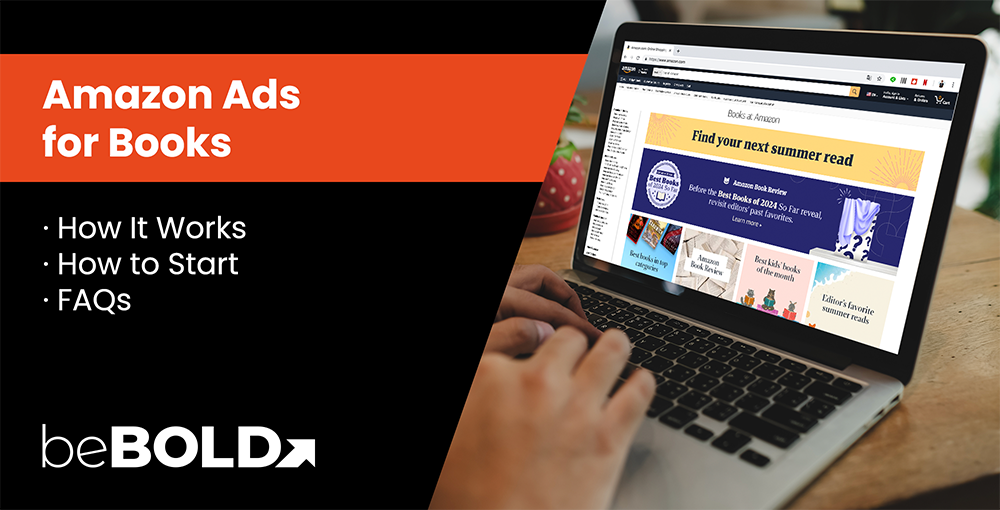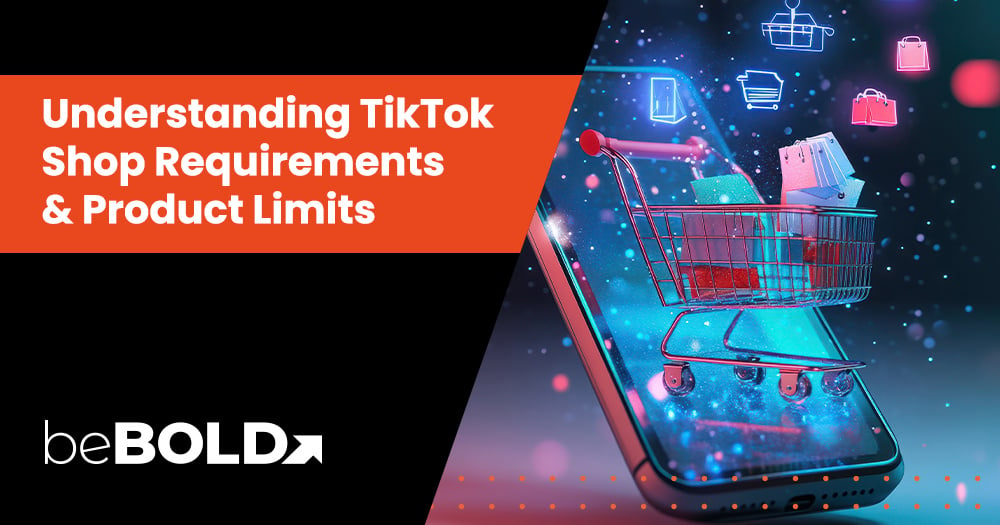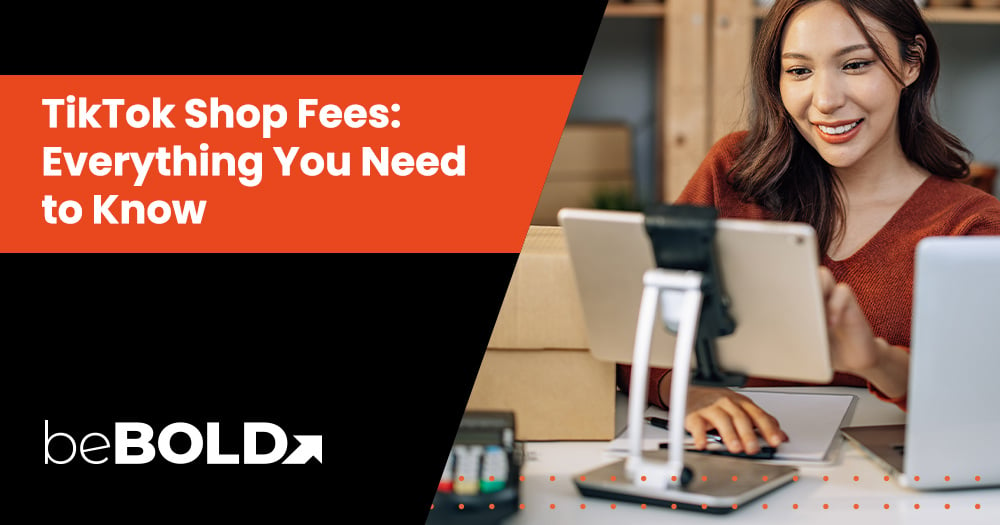Did you know that millions of books are published worldwide every year?
In other words, exceptional writing alone isn't enough to make your work stand out in today’s crowded book market. Authors and publishers must also master the so-called "art of visibility"—ensuring that the right audience sees your books at the right time. Lucky for you, there are many tried-and-tested ways to put your books out there, including Amazon Ads.
Amazon Ads for authors is a powerful advertising platform that can elevate your books' visibility and drive sales directly on the world's largest online marketplace. What sets Amazon book advertising apart from traditional ad strategies is its seamless integration into the shopping experience, effectively encouraging high-intent shoppers to click and purchase.
Advertise your book on Amazon successfully with the help of this guide. Let's talk about the ins and outs of Amazon Ads, from understanding how it works to choosing the suitable ad types for your campaign.
How Amazon Ads for Books Work
Amazon has solidified its position as a major player in online book retail, providing countless authors with the opportunity to publish millions of books and generate considerable revenue. But Amazon is more than just a marketplace—it's also a robust advertising platform that lets publishers promote their books directly to a highly targeted audience.
Appearance and Placement
When users search for books on Amazon, they get a list of results matching their query. Interspersed among these results are Amazon Ads, which typically appear at the top, middle, or bottom of the page, blending seamlessly with organic search results or as banner ads, like so:
.png)
These ads also feature on product pages—if a user views a book similar to yours, your ad could appear under the "Products related to this item" section. This strategic placement increases visibility among readers already interested in your genre or topic, increasing your chances of a sale.
.png)
By positioning your book in these prime spots, you ensure that high-intent users—whether searching for a specific title, browsing through their favorite categories, or comparing similar works—are exposed to your ad at critical decision-making moments.
Benefits
If you've asked yourself, "Are Amazon Ads worth it for books?" You’ll be glad to know that the answer is a resounding yes. One of the primary benefits of Amazon book ads is their ability to target high-intent shoppers.
On platforms like Facebook or Google, users often encounter your ad while scrolling through social media or browsing unrelated websites—often without any intention of shopping. As a result, your campaign may not be as effective.
On the other hand, Amazon is a platform where people go specifically to shop. When users encounter your ad on Amazon, they often have a strong intent to purchase, making Amazon Ads a more potent tool for promoting books and driving sales.
Furthermore, Amazon's extensive data on user behavior enhances its targeting capabilities. Analyzing browsing histories, past purchases, and search patterns enables the platform to bring your ad to users most likely interested in your book. Couple this with Amazon's reporting tools to track your ad performance in real-time, and your campaigns have a better chance of achieving the best possible ROI.
Types of Amazon Ads for Books
How to do Amazon Ads for books? Let's talk about some of the most common ad formats for books on Amazon to help you understand your options and which works best for your campaign.
1. Sponsored Products
.png)
Sponsored Products are Amazon's most popular ad format, thanks to its ability to promote books seamlessly. It appears directly on the search results and product detail pages, with a tiny "Sponsored" label to differentiate it from other results.
This ad format operates on a cost-per-click (CPC) basis, so you only pay when a user clicks on your ad. You can selectively target specific keywords or allow Amazon to automatically choose relevant ones for you. One of the biggest advantages is that you have full control over your campaign's budget.
The process is straightforward: simply select the book you wish to promote, choose your targeting options, set your budget, and launch your campaign.
2. Sponsored Brands
.png)
Sponsored Brands help you create a cohesive brand experience by promoting multiple books or your entire author portfolio. It typically appears as a banner, so it's generally more prominent than the previous format.
Moreover, Sponsored Brands offer headline search ads that appear prominently at the top of the results page. These ads allow you to showcase your brand with a custom logo, a compelling headline, and a photo or video ad, all while featuring multiple books in a single listing.
This format is a powerful tool for brand storytelling. Like Sponsored Products, Sponsored Brands also operate on a CPC model and utilize keyword targeting to ensure your ads reach the most relevant audience.
3. Sponsored Display ads
Bring your ads to potential shoppers wherever they are—inside Amazon or out—with Product Display ads. To ensure high visibility, they often appear on product detail pages, customer review pages, and even in shopping carts.
They can also appear on the Amazon-owned live streaming platform Twitch and other third-party channels. You may even use them as Lockscreen ads for maximum visibility among bookworms.
4. Amazon Stores
Amazon Stores lets you create a customized, multi-page storefront dedicated to your books, offering shoppers a more immersive brand experience. It's your opportunity to display your entire catalog, including new releases, bestsellers, and themed collections, akin to having your own uniquely branded stall in a crowded grocery shop.
Opening a storefront is free, but you do need to register in the Amazon Brand Registry. Doing so gives you access to predesigned templates, easy customizations, performance tracking capabilities, and more.
Amazon Ads for Books: 6 Steps to Get Started
Are you wondering, "How do I advertise my book on Amazon?" Let’s guide you through setting up and optimizing Amazon Ads for your books to ensure your campaigns are well-planned, highly targeted, and cost-effective.
1. Determine your objectives
Before launching any campaign, knowing what you want to achieve with your ads is crucial.
Let's say your goal is to boost sales for a new release; you might prioritize highly targeted Sponsored Products listings. This approach differs from that of an author looking to build brand recognition or expand their readership. Your specific objectives will shape all subsequent decisions, from selecting the preferred ad format to determining budget allocation.
2. Set up an Amazon Advertising account
Creating an Amazon Advertising account is straightforward: sign up through the portal and provide details about your business or author profile. After setting it up, you can finally start advertising your books on Amazon!
If you’re already selling books through Kindle Direct Publishing (KDP) or have an Amazon Author Central account, linking them to your advertising profile simplifies this process. In doing so, you ensure your ad campaigns directly connect to your existing book listings.
3. Choose the right ad type for your book
This decision should be according to your budget, goals, and book genre. Suppose you have a limited budget and are looking to target specific readers. In that case, Sponsored Products might be the best option. Meanwhile, Sponsored Brands could offer better results if you're selling multiple books or a franchise and want to promote your brand as a whole.
Genre matters, too. Fiction, non-fiction, and niche titles perform differently across ad formats, so test which works with which to avoid overspending and maximize your ROI.
4. Conduct keyword research and targeting
Implementing these practices helps ensure that your ads reach the right audience, increasing the likelihood of clicks and conversions. So, don't underestimate them.
Start by identifying relevant keywords or terms readers will likely use when searching for books like yours. Tools like Amazon's keyword planner, third-party keyword research platforms like Ahrefs and Moz, or even browsing Amazon's search suggestions can help you gather a robust list. It's also a good practice to regularly monitor and refine your keywords over time to ensure they continue to drive results.
5. Create compelling ad copy and visuals
This step aims to capture readers' attention and compel them to buy. Think about what makes your book unique. Your ad's headline and description should be clear, concise, and persuasive, highlighting your book’s most appealing aspects. Be sure to include your best keywords to help Amazon bring your book to the right audience.
While the saying "Don't judge a book by its cover" applies to many situations, your ad visuals aren't one of them. A well-designed book cover is a factor for many readers (57%). As such, it should contain high-quality, eye-catching images.
6. Implement budgeting and bidding strategies
Begin by setting up a budget that aligns with your objectives and financial limitations. Amazon Ads operates on a pay-per-click (PPC) model, so you only need to pay when someone clicks on your ad. Still, it's essential to manage your spending carefully.
It's also crucial to know the difference between automatic and manual bidding. Automatic bidding lets Amazon adjust your bids based on the likelihood of a conversion. In contrast, manual bidding gives you complete control over how much you’ll pay for each click.
Ultimately, optimizing your bids to maximize your ROI entails striking a balance between them—high enough to be competitive but within the limits of your budget. Analyzing your ad performance over time will help you adjust bids more efficiently and improve your results.
Best Practices for Promoting Books with Amazon Ads
Following these best practices allows you to maximize the effectiveness of your Amazon ad campaigns and drive better sales for your books.
1. Monitoring and analyzing ad performance
Tracking key metrics lets you measure your campaign's effectiveness. Start with impressions, which show how many people have seen your ad, and clicks, which measure the frequency of user engagement with it.
Another critical metric is the Advertising Cost of Sales (ACoS), representing the percentage of ad spend relative to the revenue generated. This figure is crucial for determining your ROI. Fortunately, Amazon provides detailed reports with insights into these metrics, allowing you to make informed decisions for future campaigns.
2. A/B testing and optimizing ads
Running different variations of an ad helps you identify what resonates with your target audience, from headlines and images to targeting options. In effect, you can refine your approach based on performance data. More specifically, you may use your insights from an A/B test to adjust bids, switch up your keywords, or alter the ad's creative elements.
3. Leveraging customer reviews and ratings
Customer feedback has a considerable impact on shaping your campaign’s performance and driving sales. Positive reviews and high ratings boost your book's credibility, making shoppers more likely to click on your ad and purchase. Hence, it's important to encourage your buyers to leave reviews through follow-up emails and to respond promptly to their feedback.
4. Integrating Amazon Ads with broader marketing strategies
Consider combining Amazon Ads with your social media marketing, email campaigns, and other promotional efforts to build a cohesive brand identity across all of your channels. For instance, using Amazon Ads to support a book launch alongside targeted social media ads can maximize the campaign's reach and impact across multiple touchpoints.
5. Adding all book formats to your campaign
This practice is a simple yet effective way to capture more sales. By including all available formats of your book—whether paperback, hardcover, Kindle, or audiobook—in your ad campaign, you let readers choose their preferred option. It ensures that those who prefer paperback won't be deterred by an e-book-only listing, making it easier for all potential customers to access and enjoy your work.
Amazon Book Advertising: Frequently Asked Questions (FAQs)
Are you considering using Amazon Ads to promote your books? You likely have some pressing questions. Let's answer some of them below to guide your ad campaign decisions.
1. Does Amazon Advertising work for self-published books?
Yes, Amazon Advertising is highly effective for self-published books. It has helped countless independent authors reach their target audience around the world.
2. How much do people spend daily on Amazon Ads for their books?
Daily ad spend varies depending on their budget and goals, with some authors spending as little as $5 to upwards of $50. The amount you invest depends on your marketing strategy and financial resources.
3. How much do Amazon book ads cost?
Since Amazon operates on a pay-per-click (PPC) basis, advertisers pay an average of $0.02 to $3 for every click their ad generates. The total cost depends on your bidding strategy, daily budget, and the number of clicks you get.
4. Do Amazon Ads work for books?
Yes, Amazon Ads effectively promote your books and drive sales, provided they are optimized and well-targeted. Many authors see positive results by using Amazon to reach their ideal readers.
5. Should I advertise my e-book or paperback on Amazon Ads?
Ideally, you should advertise all available formats—e-book, paperback, audiobook, and hardcover—to give readers the flexibility to choose their preferred option. In effect, they're more likely to click on your ad and buy your book.
Get Your Book on Amazon with beBOLD Digital
The open secret to succeeding with Amazon Ads is continuous optimization. To achieve the best results, you must closely monitor your ad performance and use data-driven insights to refine your campaigns. Pay attention to what works and what doesn't, and be ready to adjust your tactics as needed. By being flexible and responsive to performance data, you can maximize your ROI and grow your sales over time.
Thankfully, you won't have to navigate this process alone. As a , beBOLD Digital is here to help you with Amazon ad management and seller analytics, ensuring the long-term success of your campaigns.
Contact us to learn more!







Comments